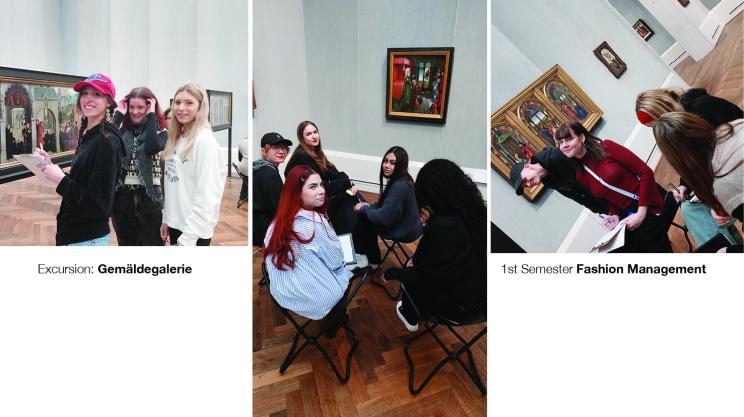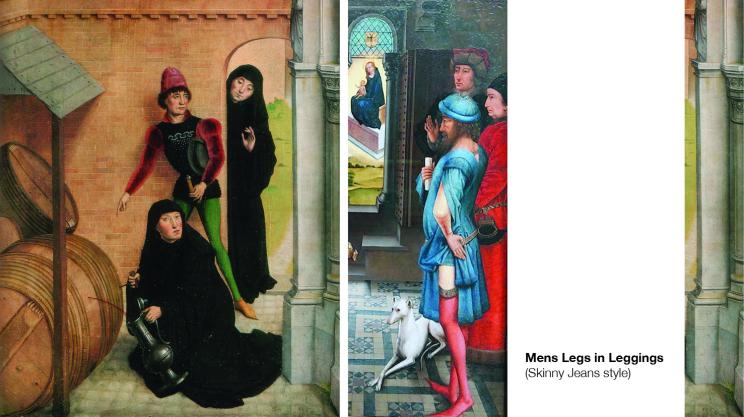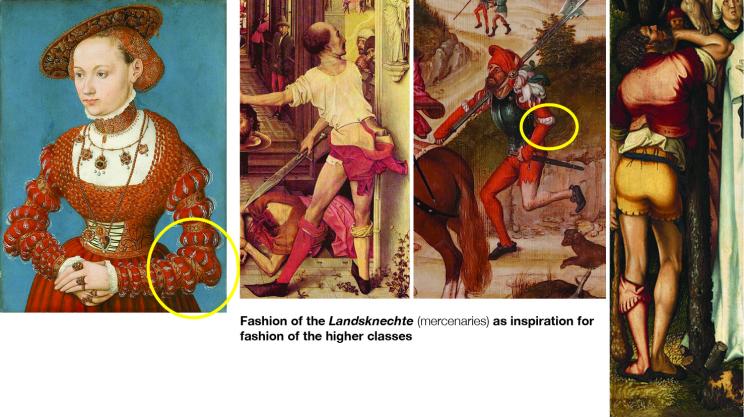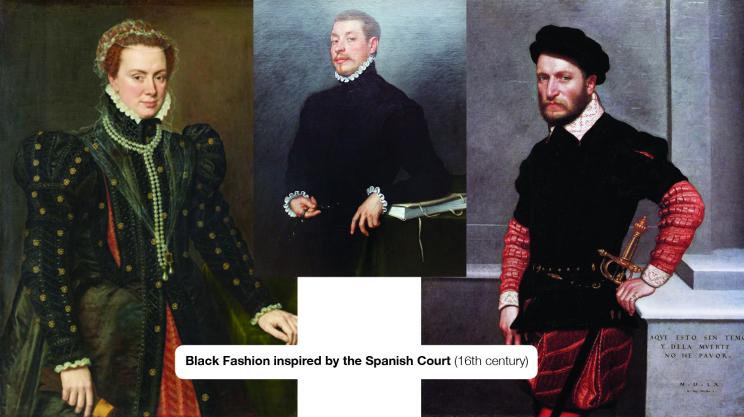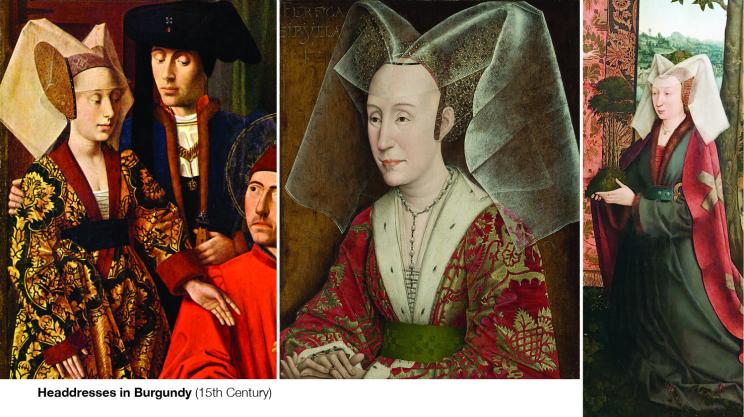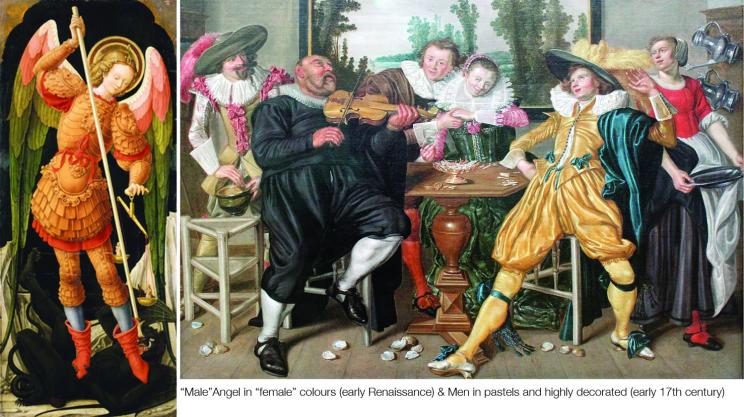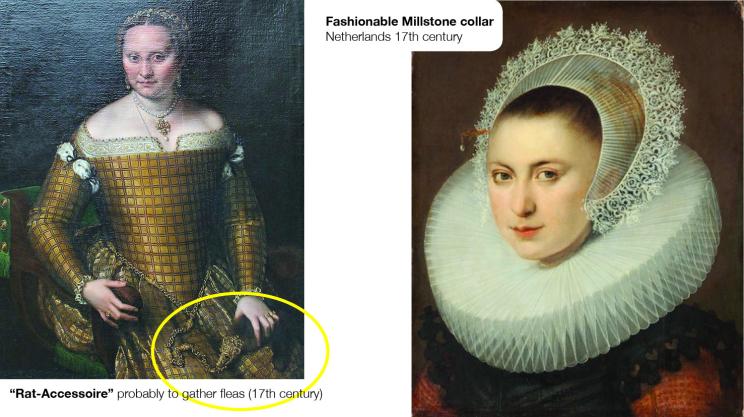Fashion in the museum: A first semester field trip
19.04.2024 | Prof. Nina Hein
When were the first skinny jeans in history worn (1)? What was the first subcultural fashion in Europe and why did it come from Swabia (2)? Why was black the trend colour at the Spanish court during the Renaissance (3)?
The search for the answers to these questions (answers below) took the first semester students of our Fashion Management programme to the Gemäldegalerie in Berlin. The paintings from the 14th to 18th centuries are exhibited in 60 rooms and halls and, on closer inspection, reveal astonishing fashion ideas from the last few centuries.
One example is the headdresses worn by women during the time of the Burgundian duchies (15th century). They look like the direct models for the costumes in the Star Wars Episodes or like the inspiration for the styling of Alexander McQueen's Plato's Atlantis collection. Another surprise is that today's dress codes in terms of gender classification differ greatly from the ideals of past centuries. A good example is the painting "The Merry Company" by Willem Buytewech, that shows mens clothes in pastel colours with "feminine" decorations like bows and frills. Or the Renaissance painting "Archangel Michael with the soul scales", which proves that pink and red were no stereotypical colours for girls and women in earlier centuries. Another phenomenon are extreme accessories from different eras. A portrait by Sofonisba Anguissola shows a relative of her with a "rat bag" as a fashionable accessory. There are numerous speculations about this. One widespread assumption is, that it is a flea catcher, so that the fleas move from the body to the accessory. More commonly known but also astonishing are the "millstone" collars that were fashionable in the Netherlands in the 17th century. Our next excursion will lead us to the Kunstgewerbemuseum, whre the students can discover real fashion items from the late 18th century till the 1990ies.
(1) - In the late Middle Ages men wore a type of leggings and very short jackets. The leggings were sewn from non-elastic fabrics and were very tight. Their look was similar to skinny jeans today but of course the feel was very different due to the stiff material. Because the wearers could barely bend their knees, they had a very peculiar walk.
(2) - The first so called Landsknechte (mercenaries in the 16th century) came from Swabia in southern Germany. They were men from the poorer classes who fought for money and between fights roamed the country, looking for other opportunities to make money. They developed their own fashion, which was very extravagant. This fashion was later imitated by the upper classes.
(3) - The Spanish court was a pioneer of the Counter-Reformation in Europe (for Reformation: see Martin Luther). Philip II of Spain was a strict Catholic and preferred the colour black to emphasize his piety and seriousness. This ideal spread around Europe and can be seen as a counter fashion to the liberal clothing styles of the Italian renaissance.

